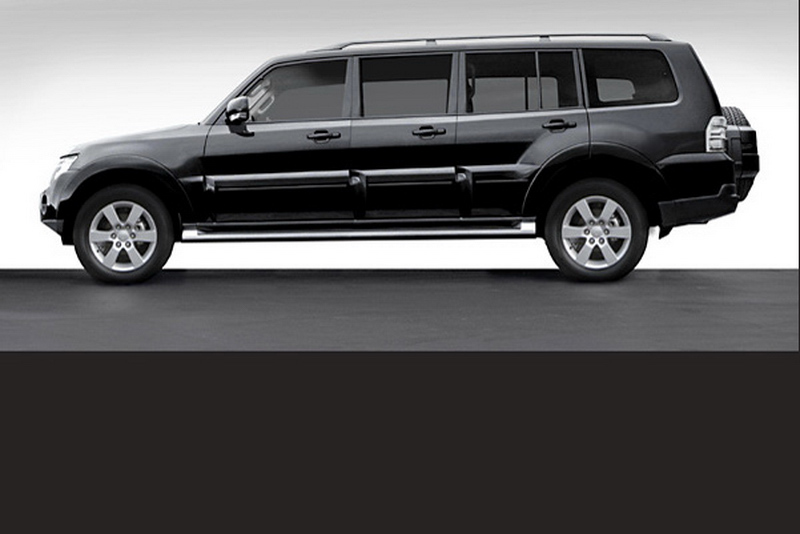The company was founded in August 1915 by Henry M. Leland, one of the founders of Cadillac (originally the Henry Ford Company). During World War I, he left Cadillac which was sold to General Motors. He formed the Lincoln Motor Company, named after Abraham Lincoln, his longtime hero, to build Liberty aircraft engines with his son Wilfred using cylinders supplied by Ford Motor Company. After the war, the company's factories were retooled to manufacture luxury automobiles. The Lincoln Motor Company was active until April 30, 1940. The following day, it became the Lincoln Division of Ford Motor Company.
The company encountered severe financial troubles during the transition, coupled with body styling that wasn't comparable to other luxury makers, and after having produced only 150 Lincoln L-series cars in 1922, was forced into bankruptcy and sold for US$8,000,000 to the Ford Motor Company on February 4, 1922, which went to pay off some of the creditors.
The purchase of Lincoln was a personal triumph for Henry Ford, who had been forced out of his second company (after Detroit Automobile Company) by a group of investors led by Leland. Ford's company, renamed Cadillac in 1902 and purchased by rival General Motors in 1909, was Lincoln's chief competitor. Henry had previously produced luxury vehicles under the Ford name, called the Ford Model B in 1904, the Ford Model F in 1905, and the Ford Model K in 1906 but they weren't accepted by the automotive buying market. When Henry acquired Lincoln, it quickly became one of America's top selling luxury brands alongside Cadillac, Pierce-Arrow, Marmon, Peerless, Duesenberg, and Packard. Ford made no immediate change, either in the chassis or the V8 L-head engine which was rated 36.4 SAE and produced 90 bhp (67 kW; 91 PS) at 2,800 rpm. An unusual feature of this power unit was the 60 degree separation of the cylinder blocks that helped to cut down on synchronous vibration found with similar engines with 90 degree separation produced at the time. After the Ford takeover, bodywork changes and reduced prices increased sales to 5,512 vehicles from March to December 1922.
At the direction of Henry's son Edsel, in 1923 several body styles were introduced, that included two- and three-window, four door sedans and a phaeton that accommodated four passengers. They also offered a two passenger roadster and a seven passenger touring sedan and limousine, which was sold for $5,200. A sedan, limo, cabriolet and town car were also offered by coachbuilders Fleetwood, Derham and Dietrich, and a second cabriolet was offered by coachbuilder Brunn. Lincoln contracted with dozens of coachbuilders during the 1920s and early 30s to create multiple custom built vehicles, to include American, Anderson, Babcock, Holbrook, Judkins, Lang, LeBaron, Locke, Murray, Towson, and Willoughby in the 1920s. Murphy, Rollston, and Waterhouse were added in the 1930s.
Prices for the vehicles built by these coachbuilders went for as much as $7,200, and despite the limited market appeal, Lincoln sales rose about 45 percent to produce 7,875 cars and the company was operating at a profit by the end of 1923.






No comments:
Post a Comment